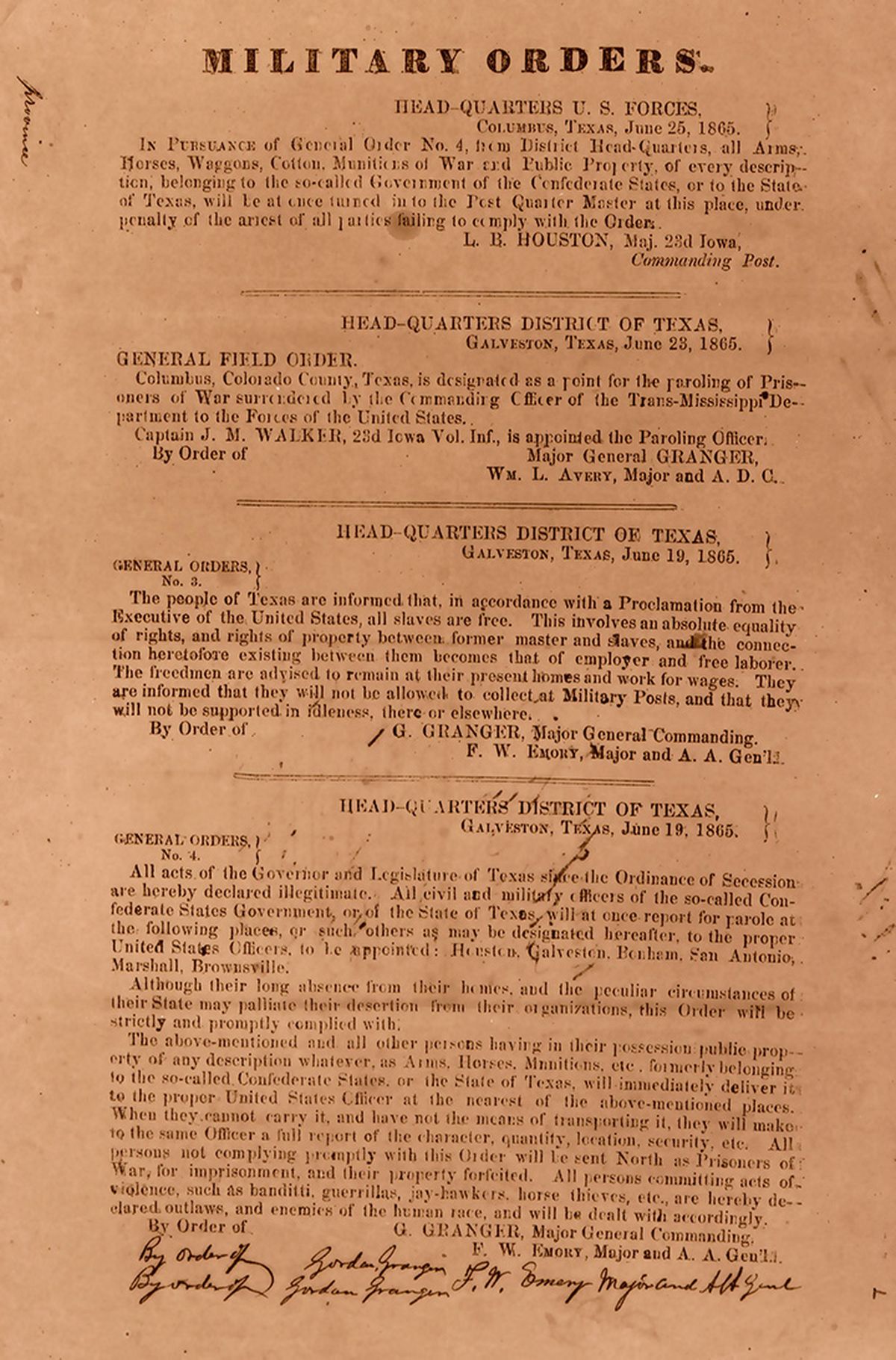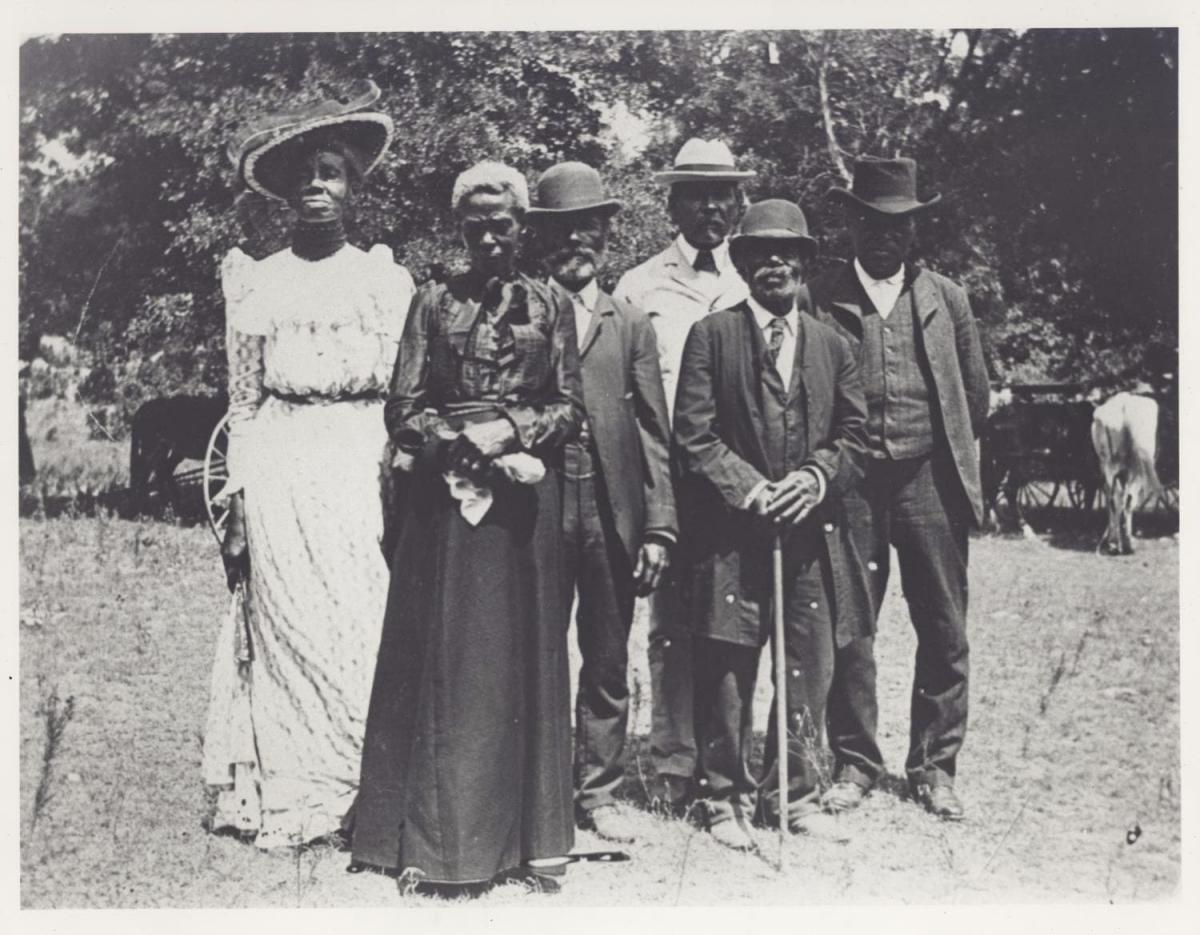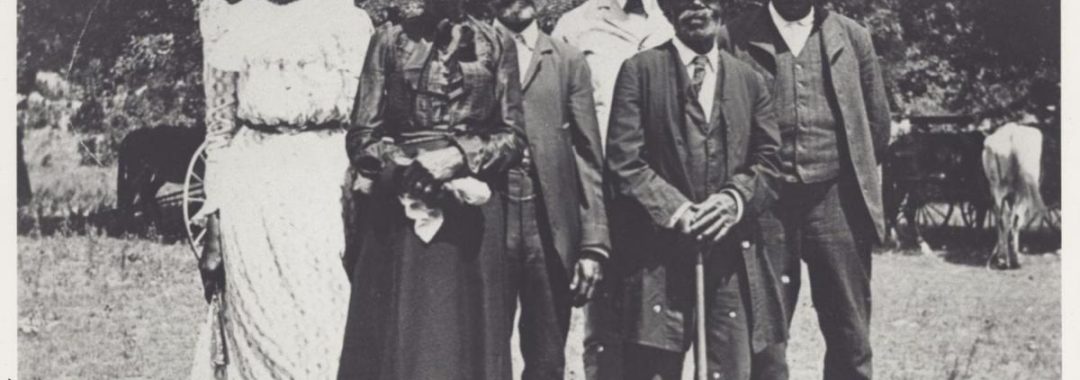The Story of Juneteenth
Major General Gordon Granger and 1,800 Union troops landed in Galveston, Texas on June 18, 1865. The next day, June 19, 1865, he issued General Order, No. 3, declaring that the last remaining enslaved people in the United States were finally free.
“The people of Texas are informed that, in accordance with a proclamation from the Executive of the United States, all slaves are free. This involves an absolute equality of personal rights and rights of property between former masters and slaves, and the connection heretofore existing between them becomes that between employer and hired labor. The freedmen are advised to remain quietly at their present homes and work for wages. They are informed that they will not be allowed to collect at military posts and that they will not be supported in idleness either there or elsewhere.”
—General Order, No. 3; Headquarters District of Texas, Galveston, June 19, 1865
Why was this order needed?
You may be asking yourself, “Why was this order necessary?” After all, the Emancipation Proclamation that declared “all persons held as slaves are, and henceforward shall be free” was issued more than two years before on January 1, 1863. The United States Congress had also already passed the 13th Amendment to end slavery nearly 6 months before on January 31, 1865. And General Robert E. Lee had already surrendered to General Ulysses S. Grant on April 9, 1865, marking the end of the Civil War.
There are a few reasons: (1) The Emancipation Proclamation didn’t free all enslaved people, (2) the United States had no means to enforce the 13th Amendment, and (3) because of Texas’ remote location, slave owners were able to maintain and enforce slavery after Lee’s surrender due to the minimal number of Union troops available to enforce emancipation.



